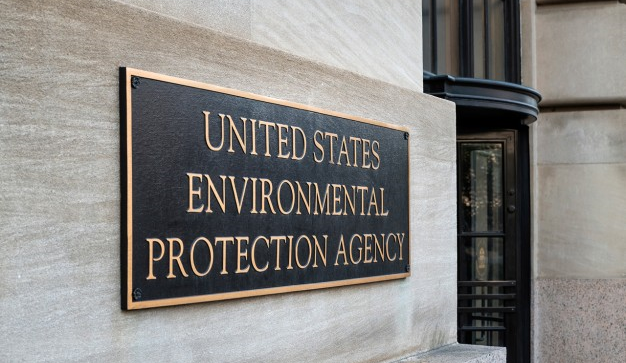Relying heavily on confidential industry research, the U.S. Environmental Protection Agency has proposed to re-approve glyphosate, the active ingredient in Monsanto’s Roundup.

EPA’s conclusion that glyphosate poses no risks to humans contradicts a 2015 World Health Organization analysis of the leading independent research that determined glyphosate is a probable carcinogen.
“American consumers have no reason to trust the EPA’s deeply flawed assessment of glyphosate’s safety,” said Nathan Donley, a senior scientist at the Center for Biological Diversity. “As with past EPA studies, the agency has relied heavily on confidential industry research that can’t be reviewed by independent scientists. This is an industry-friendly conclusion that’s simply not based on the best available science.”
In addition to the WHO’s conclusion, other U.S. federal agencies have acknowledged evidence of glyphosate’s link to cancer. This includes the EPA’s Office of Research and Development and the U.S. Department of Health and Human Services’ Agency for Toxic Substances and Disease Registry.
The EPA assessment release last week was conducted by the agency’s pesticide regulatory office, which has long had the reputation of reaching industry-friendly decisions.
“The EPA’s biased glyphosate assessment ignores its own guidelines for estimating cancer risks and falls short of the most basic standards of independent research,” said Donley. “Trump’s EPA lost no time in trying to hand Bayer a consolation prize following last week’s shareholder revolt over glyphosate. But it can’t erase glyphosate’s well-documented links to cancer.”
Within the past nine months, two juries have ordered Monsanto/Bayer to pay multimillion-dollar awards to glyphosate users suffering from non-Hodgkin lymphoma, which independent research has linked to glyphosate. A third trial is currently underway, and lawsuits involving roughly 13,000 people have been filed against the company for failing to warn consumers of the pesticide’s cancer risks.
Emails obtained in litigation brought against Monsanto by cancer victims and their families uncovered a disturbingly cozy relationship between the EPA and Monsanto on matters involving the glyphosate risk assessment.
In one example, when the U.S. Department of Health and Human Services announced that it would be reviewing glyphosate’s safety, an EPA official assured Monsanto he would work to thwart the review, saying, “If I can kill this, I should get a medal.”
That Health and Human Services review was delayed for three years and only recently released.
In addition to evaluating the risks of glyphosate to human health, the EPA also analyzed risks to plants and animals and found that serious harms could result from using glyphosate, including exposure to spray drift that could harm the growth and reproduction of birds and mammals. It also found that exposure to small mammals exceeded by 10-fold the agency’s level of concern — the exposure level known to cause harm.
Glyphosate Box
Glyphosate Residue Free Certification for Food Brands – Click Here
Test Your Food and Water at Home for Glyphosate – Click Here
Test Your Hair for Glyphosate and other Pesticides – Click Here to Find Out Your Long-Term Exposure
“In addition to the threats glyphosate poses to human health, glyphosate is a leading cause of the decline of the imperiled and iconic monarch butterfly,” said Donley. “The minor, industry-vetted restrictions the EPA has proposed are a far cry from what’s needed to bring these amazing creatures back from the brink.”
The EPA’s assessment found that field buffers up to 600 feet would be needed to prevent harm to milkweed, the sole host plant for monarch caterpillars. Yet the EPA’s interim approval does not contain any field buffers, and the minor spray-drift mitigation measures put in place were preapproved by the pesticide industry.
Migratory monarch populations have declined by 80 percent in the past two decades, and their decline has been driven in large part by the surge in glyphosate use resulting from the widespread planting of corn and soybeans crops genetically engineered to tolerate glyphosate.
Glyphosate is a potent killer of milkweed. The dramatic surge in glyphosate use has virtually wiped out milkweed plants in the Midwest’s corn and soybean fields. While monarch populations enjoyed a one-year spike due to ideal weather conditions in the 2018-2019 season, migratory monarchs continue to be gravely imperiled by glyphosate use.


















